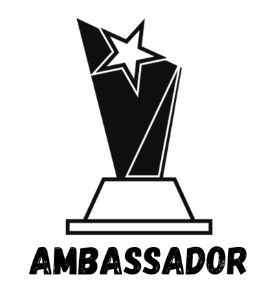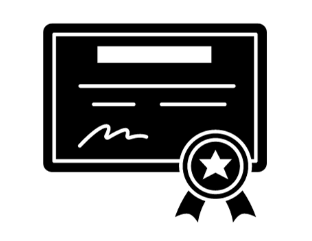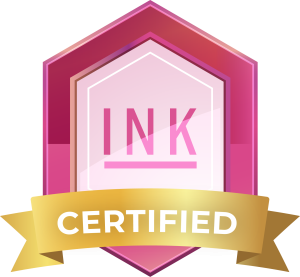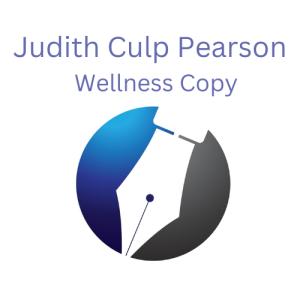When business owners or marketers want to reach your B2B client’s target audience, you need an ideal client persona to know exactly who they are. The buyer persona or avatar helps you visualize who you are marketing to.
Without it, you may invest your marketing dollars and hear only crickets… your message never reached the right audience.
For ten years, I had a private career school. Not only did I teach students the technical skills they needed, but business skills so they could succeed.
Routinely, I’d ask who their target market would be and how they would attract them.
“I’m going to help everybody. My clients will be 16 to at least 80. I won’t need to spend money on marketing. I’m going to work on referrals.”
There’s a big problem with that. Where teenagers hang out isn’t where their moms or grandmas are. You don’t talk to a teen like you would an adult with the purse strings.
And spending zero on marketing is a newbie fantasy. There's no one to give those referrals for a brand new business with no customers.
Another student got it right.
“I’m going to specialize in waxing. I want to target the college students at the three schools in town. So I’ll locate it near the university and set up a Hawaiian-themed “Wax Shack.”
“I know students don’t want or can’t spend the money for permanent hair removal or laser, but they hate shaving stubble. So I’ll wax them.”
“I want to use something similar to the college mascot for my logo and have it wear a hula skirt and coconut shell bra top.”
I applauded her work. She had found an ongoing need, the audience that needed it, and a great way to approach them.
Targeting the specific group that will spend the most money with your business is far more effective.
Table of Contents
However, creating this persona can be challenging for businesses with multiple customer categories.
Some of your marketing may be general and suitable for all prospects. But to effectively move them through the buying process, segmenting your audience may be more effective.
You start by identifying your best clients. 20% of your clients generate 80% of your revenue. Pull out the data and communication notes for that top 20%.
Dive into the demographics and psychographics for that 20%. If you discover you have more than one best client type, create a separate persona for each of them. For example, you might have a business division and also work with individuals.
Here are the questions you need to explore to create each buyer persona.
Next, bring in the customer relations team and explore what they hear daily. Find out what customers and prospects say. This exercise works equally well regardless of your business model.
Every niche and sub-niche has some sort of trade association. Explore the website or a related social media page for the most common topics at events.
In my client work, I use a template to convert the notes to a 1-2 page visual tool. There are dozens of them on the internet. I use one from Canva and print it out blank, then insert my answers to the questions on it as I’m researching.
That’s adequate for my work, but if the client wants to use it internally, I go back to Canva and type in the results, distilling it down, so it’s quick to scan.
Now you know who you’re marketing to, you can personalize communications and ensure you are working toward solving their problems.
If you are working with several unique personas, segmenting the audience is the best path to keep communications human to human.
Start with your core content and write to them as you create the project. Then make a copy and tweak it for each audience segment. This technique works for creating landing pages, emails, and other content you may be creating for the marketing funnel.
Getting information that doesn’t help you find answers is a big turn-off for many shoppers. It’s frustrating for your B2B buyer. As busy professionals, they want the answers they’re looking for as quickly and efficiently as possible.
To help them, you may want a nurturing email sequence that takes them through each journey step.
On the internet, you’ll find claims that the buyer's journey has three phases: information gathering, consideration, and making the purchase. Unfortunately, this misses a valuable opportunity. The fourth phase is client success with the purchase.
The content for a client success phase can be shared as early as during the info gathering or consideration. In the success phase, you share what and how you are there after the sale for support. You want them to know you are there to ensure they successfully use the purchase.
The success information is crucial for expensive B2B purchases to justify the sale.
This success step is essential as it builds relationships and bonds the prospect with your business. It creates loyalty which is critical for Customer Lifetime Value. It’s far less expensive to keep them than replace them.
When I work with clients, we start by evaluating their projects and what they know about their ideal buyers. Next, I help them discover missing information that will help them engage more strongly with those prospects. Then I craft the content to support that prospect in finding answers and moving through their buying journey.
Judith Culp Pearson is a freelance copywriter marketer. She focuses on her client’s target audience and business goals. You need the right content in the right places to maximize results.
Need help? Message Judith@jcpwellenesscopy.com, or visit https://wwwjcpwellnesscopy.com.
You might also enjoy this blog on connecting your USP with your audience.
Here's how to use stories to engage with your ideal clients.
 Judith Culp Pearson receives three top honors
Judith Culp Pearson receives three top honors
at the annual Society of Permanent Cosmetic Professionals in
Ft. Worth, Texas - October 7-9, 2023




